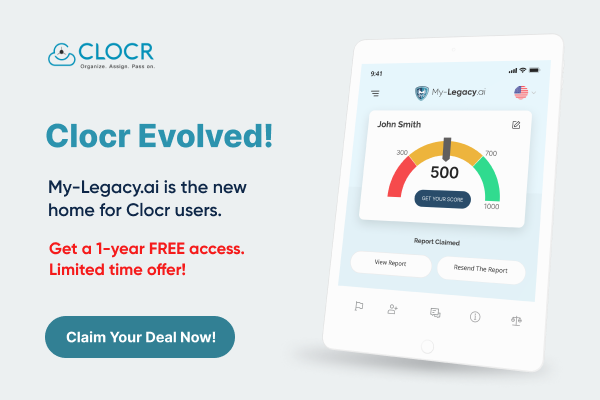Estate Planning plays an important role in everyone’s life – it is the only way to ensure your assets and loved ones are protected even after you pass away.
However, this can be possible only if you name beneficiaries or primary beneficiaries in your estate plan.
What is a primary beneficiary?
A primary beneficiary is a person or an organization that is first in line to receive the proceedings from different parts of your estate plan after you pass away. These could be:
- Annuities
- Will
- Trust
- Retirement accounts
- Insurance policies
Depending on where you want the payouts from your estate to go, you can name more than one primary beneficiary too, as long as you can allocate the percentage they would receive.
Why should you name primary beneficiaries?
Naming primary beneficiaries in your Will or your insurance policies and retirement accounts lets your executor and the courts know exactly who should get what. In case you do not name anyone in your estate plan, the executor and courts will have a difficult time deciding how to distribute your assets, which might not be what you wished.
Moreover, your loved ones will have to spend a lot of time, effort, and money in courts to gain access to your assets and their proceedings.
Who should be your primary beneficiary?
The purpose of adding primary beneficiaries to your estate plan is to ensure the people you care about are financially protected even after you’re gone. Adding people financially dependent on you is generally the common way of choosing who your primary beneficiaries should be.
Here are some common people and entities to choose as your primary beneficiaries:
- Spouse
- Children
- Elderly relatives
- Close friends
- Charities
It is important to note, however, that minor children and pets cannot be named as primary beneficiaries. If you still need to add minors, you can do so, as long you appoint a legal guardian to manage the assets until they are of legal age.
How to change a primary beneficiary?
It is important to keep your primary beneficiary list updated. Reviewing this list annually is a good practice to ensure your assets and their payouts go only to those you want. This is especially necessary after an important life change like a marriage, a divorce, the death of a loved one, etc.
It is quite simple to change beneficiary designations too. To change your primary beneficiary in your estate plan, simply create a new plan with the updated changes. This will automatically override the previous plan you created. For insurance policies and retirement accounts, contact your service providers to inquire about the procedure. While some may require you to fill out a form, you can make the changes online by yourself for others.
Naming beneficiaries for digital assets
Most often, while estate planning, people tend to forget planning for their digital assets too. This includes creating an estate plan for their digital accounts and assets and naming beneficiaries for them.
Estate planning for digital assets is a relatively new concept. Allowing family members to access the online accounts of their deceased loved ones encroaches into an unknown territory riddled with service providers’ legacy policies and terms and conditions, and legal guidelines like RUFADAA.
Naming beneficiaries for these assets will ensure your loved ones don’t have to go through twice the financial, legal, and emotional turmoil to gain access to your cryptocurrency and family photos. You can easily do this using online tools like Clocr’s Digital Estate Planning platform.
Primary Beneficiary FAQs
Can I have more than one primary beneficiary?
Yes, you can have more than one primary beneficiary. However, you also need to stipulate the percentage share for each beneficiary. For example, you may want your spouse to get 50% and your two kids to get 25% each from the payouts of your life insurance policy.
What if my primary beneficiary is not available?
If your primary beneficiary is not available, your executor and the court will have a tough time deciding who gets what. Further, your loved ones will have to spend unnecessary time and money in probate to gain access to their inheritance. This can be avoided by adding contingent beneficiaries to your estate plan.
Primary beneficiary vs secondary beneficiary?
A primary beneficiary is first in line to receive the benefits from your estate plan after you pass away. A secondary beneficiary, or a contingent beneficiary, has the right to receive the proceedings from your estate plan only if your primary beneficiary is predeceased, cannot be found, or has rejected the inheritance.
Create your secure digital estate plan and add beneficiaries to your online accounts easily today!

